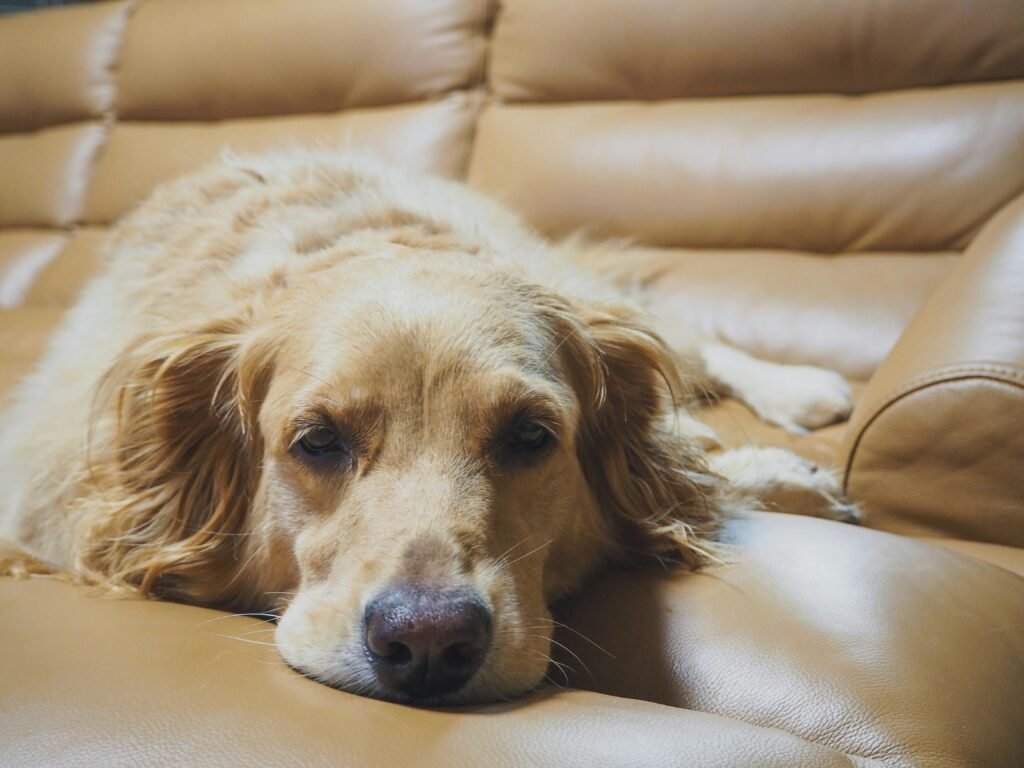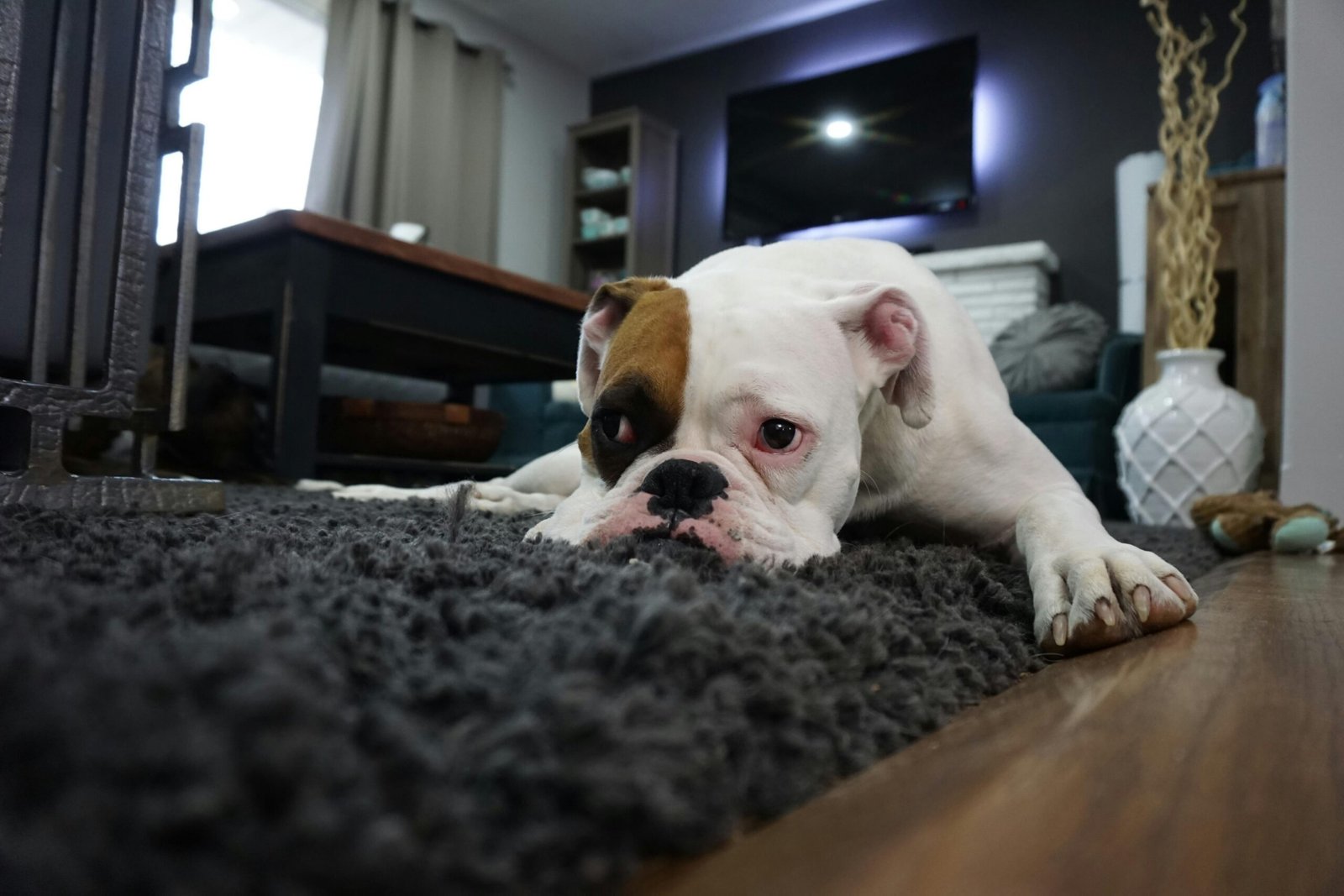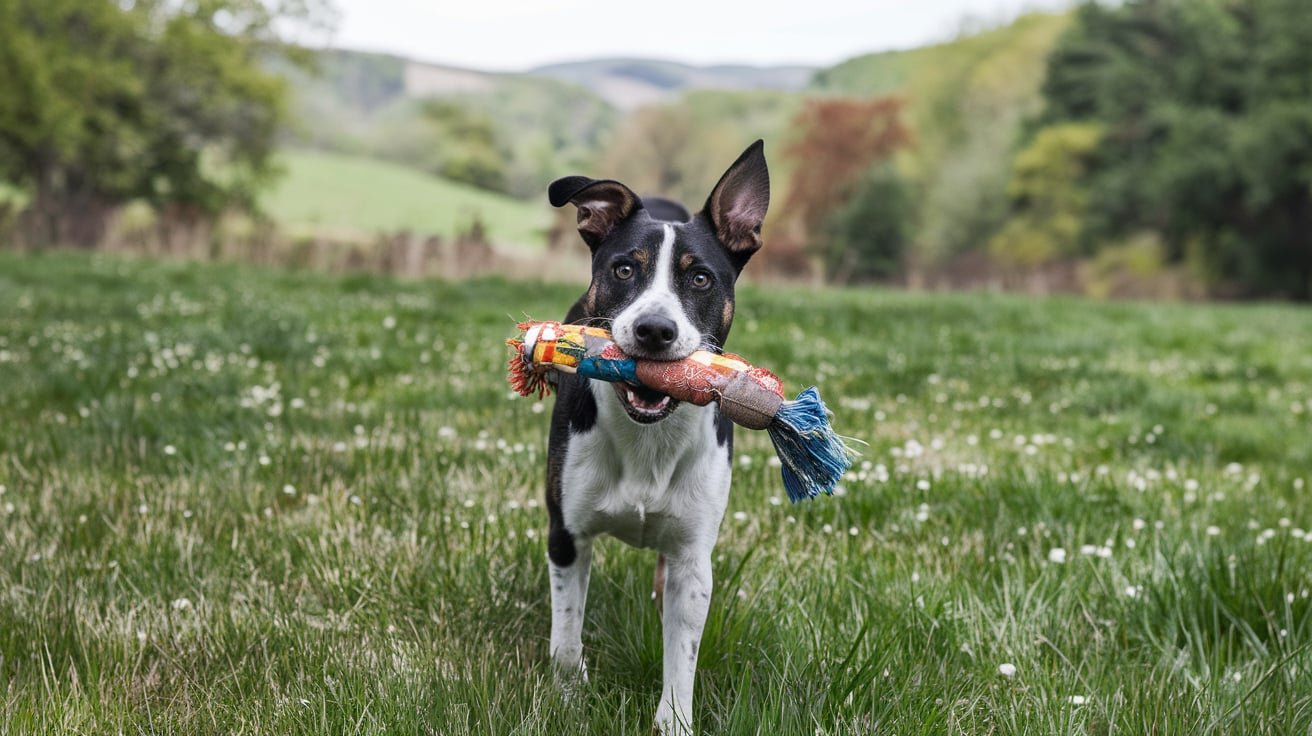The Lazy Dog: How to Care for a Lazy Dog
Owning a lazy dog can be both a blessing and a challenge. While they may not require as much exercise as their more energetic counterparts, they still need proper care to ensure they lead a healthy and happy life. In this article, we’ll explore how to take care of a lazy dog, offering tips and advice that will help you become the best dog parent possible.
Understanding Your Lazy Dog
Before diving into the specifics of care, it’s essential to understand why some dogs are lazier than others. Certain breeds, such as Bulldogs, Basset Hounds, and Pugs, are naturally more laid-back. They enjoy lounging around and are not as eager to run or play fetch as a Border Collie or Labrador Retriever might be.
However, laziness can sometimes be a sign of underlying health issues, especially if your dog was once active but has suddenly become lethargic. If you notice any significant changes in your dog’s behavior, it’s a good idea to consult your veterinarian to rule out any medical problems.
Anecdote: I once knew a Basset Hound named Lucy. She was the epitome of a lazy dog, preferring to nap all day rather than chase after a ball. Her owner, worried that Lucy wasn’t getting enough exercise, learned that her laziness was just part of her breed’s nature. Understanding this allowed them to adjust their care routine to better suit Lucy’s needs.
Step-by-Step Guide to Caring for a Lazy Dog
Now that we understand why some dogs are naturally lazy, let’s dive into how to care for them. While lazy dogs may not require as much physical activity, they still need mental stimulation, proper nutrition, and regular check-ups to stay healthy.

Step 1: Encourage Gentle Exercise
Even the laziest dogs need some level of physical activity to stay fit and avoid health issues like obesity. However, the key is to find the right type of exercise that suits their pace.
- Short Walks: Take your dog on short, leisurely walks. Instead of focusing on distance, let them take their time sniffing around. This will keep them engaged without overexerting them.
- Interactive Toys: Invest in interactive toys that encourage your dog to move. For instance, a treat-dispensing toy can motivate them to get up and play.
- Indoor Activities: On days when going outside isn’t an option, play gentle indoor games like hide-and-seek with their favorite toy.
Pro Tip: Always be mindful of your dog’s limits. If they start to pant heavily or seem tired, it’s time to take a break.
Step 2: Maintain a Healthy Diet
Diet plays a crucial role in keeping your lazy dog healthy. Since they may not burn as many calories as more active dogs, it’s important to provide them with a balanced diet that meets their nutritional needs without causing weight gain.
- Portion Control: Measure your dog’s food portions to ensure they’re not overeating. Overfeeding is a common issue with lazy dogs and can lead to obesity.
- High-Quality Dog Food: Option for high-quality dog food that is rich in nutrients but low in calories. Look for brands that list meat as the first ingredient and avoid those with fillers like corn or soy.
- Healthy Treats: Treats are a great way to reward your dog, but be mindful of their calorie content. Choose low-calorie treats or offer small pieces of fruits and vegetables as an alternative.
Anecdote: My neighbor’s dog, a chubby Bulldog named Bruno, was gaining weight rapidly because he spent most of his time lounging. After switching to a high-quality dog food and adjusting his portion sizes, Bruno started shedding pounds and became a much healthier dog.
Step 3: Provide Mental Stimulation
Lazy dogs might not be physically active, but they still need mental stimulation to prevent boredom and keep their minds sharp.
- Puzzle Toys: Invest in puzzle toys that challenge your dog’s brain. These toys often involve finding treats hidden inside, which can keep your dog entertained for hours.
- Training Sessions: Even if your dog isn’t the most energetic, they can still benefit from short training sessions. Teaching them new commands or tricks not only stimulates their mind but also strengthens the bond between you and your dog.
- Interactive Play: Engage in interactive play that doesn’t require much physical effort, like teaching your dog to “find the treat” or “name the toy.”
Pro Tip: Rotate your dog’s toys regularly to keep them interested and prevent them from getting bored with the same old options.
Step 4: Regular Vet Check-Ups
Regular vet check-ups are crucial for lazy dogs, especially as they age. Your vet can monitor your dog’s weight, check for any potential health issues, and provide guidance on how to maintain their well-being.
- Weight Monitoring: Keep an eye on your dog’s weight to ensure they’re not becoming overweight. Your vet can recommend a healthy weight range for your dog based on their breed and size.
- Dental Care: Lazy dogs may be more prone to dental issues, especially if they spend a lot of time chewing on soft toys or eating treats. Regular dental check-ups and cleanings can help prevent problems.
- Vaccinations and Preventatives: Stay up-to-date with your dog’s vaccinations and preventative treatments for fleas, ticks, and heartworms.
Anecdote: My aunt’s Pug, named Toby, had a habit of lounging on the couch all day. When she noticed Toby was gaining weight and becoming less active, she took him to the vet. After a check-up, the vet recommended a weight management plan and regular dental cleanings. Toby’s health improved significantly, and he became a more energetic, albeit still lazy, dog.
Step 5: Create a Comfortable Environment
A comfortable and relaxing environment is essential for a lazy dog. Since they spend a lot of time resting, it’s important to make sure their space is cozy and safe.
- Comfortable Bed: Invest in a high-quality dog bed that supports your dog’s joints, especially if they’re older. Orthopedic beds are a great option for dogs with arthritis or other joint issues.
- Safe Space: Create a designated safe space for your dog where they can retreat when they want to rest. This could be a quiet corner of the house with their bed and toys.
- Regular Grooming: Keep your dog well-groomed, even if they don’t spend much time outside. Regular brushing, nail trimming, and bathing will help them stay comfortable and healthy.
Pro Tip: Pay attention to the temperature in your home. Lazy dogs might be more sensitive to extreme temperatures, so make sure they’re comfortable year-round.
Conclusion: Embracing the Lazy Lifestyle
Caring for a lazy dog requires a slightly different approach than caring for a more active breed. However, with the right care, your lazy dog can live a long, healthy, and happy life. By providing them with the right balance of gentle exercise, a healthy diet, mental stimulation, and regular vet check-ups, you can ensure they thrive.
If you’re looking to make your lazy dog’s life even more comfortable, consider investing in a high-quality dog bed or interactive toys that suit their laid-back lifestyle. With the right products and a little extra care, you can give your lazy dog the best possible life.
Remember, every dog is different, so it’s important to tailor your care routine to meet your dog’s unique needs. Embrace your dog’s lazy nature, and enjoy the many moments of relaxation and companionship they bring into your life.



